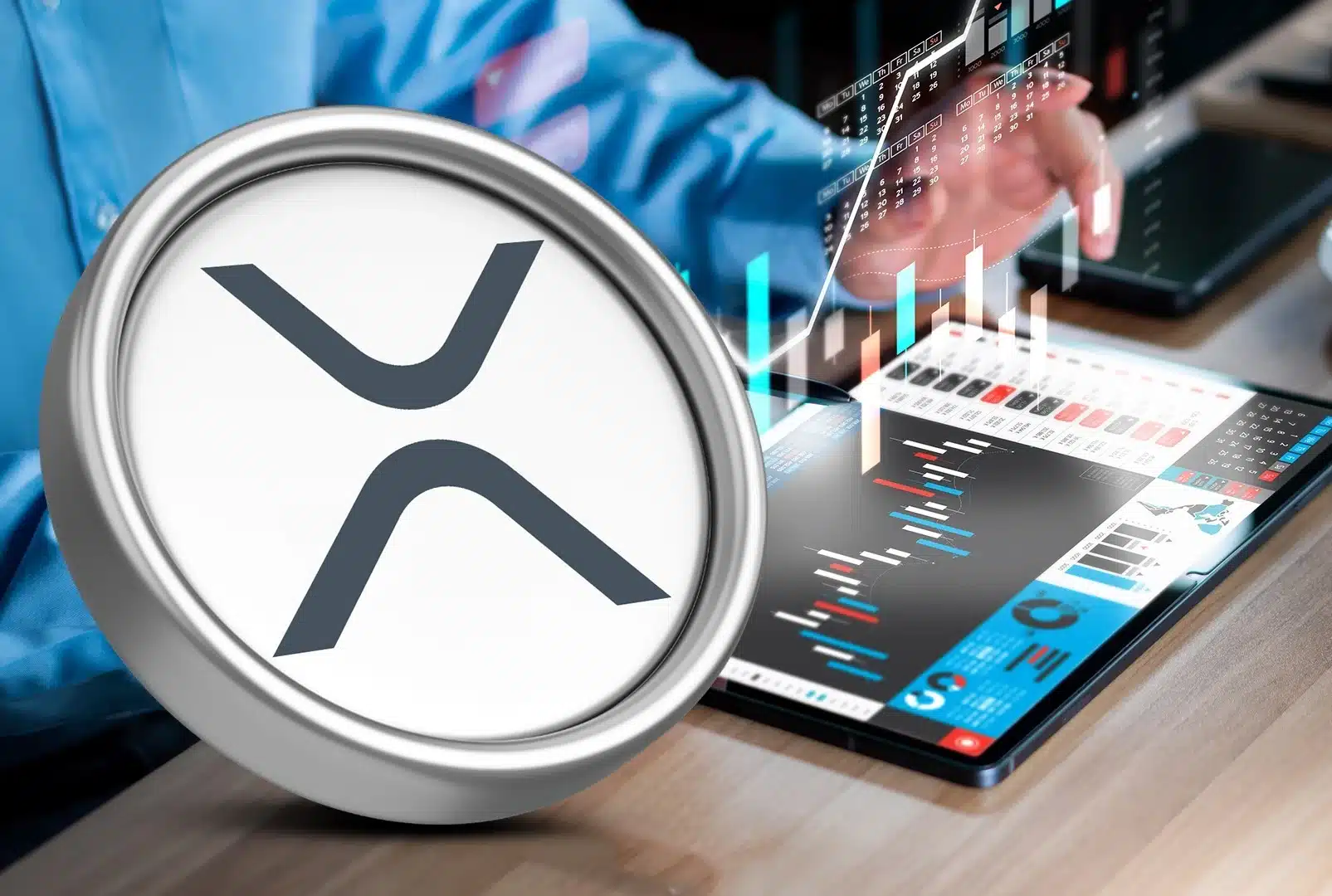The recent fluctuations in XRP’s price have sparked widespread debate among investors. Currently trading at $2.69 as of February 20, XRP has dropped 13.97% from its January peak of $3.30.
Despite this decline, it remains one of the top three cryptocurrencies by market capitalization, trailing only Bitcoin and Ethereum. Given the volatility in the market, many investors are questioning whether XRP’s current price presents a lucrative buying opportunity or if regulatory challenges will continue to hinder its growth.
Evaluating XRP as an Investment Option
XRP’s primary use case in facilitating cross-border transactions makes it a compelling digital asset for financial institutions. Its ability to provide fast and cost-efficient transactions gives it a significant edge over traditional banking systems.
However, the ongoing legal battle with the SEC and market uncertainty add layers of risk to potential investments. Investors must assess whether the long-term benefits of XRP outweigh these concerns before making any commitments.
Also Read: Ripple Lawsuit Update: Here is Why SEC Has Not Dropped the Ripple Appeal Yet
Furthermore, XRP has seen trading volume fluctuations, reflecting investor interest and market sentiment. The token’s adoption by financial institutions is growing, but regulatory clarity is needed for broader integration.
As the market evolves, XRP’s ability to maintain its position in the industry will depend on overcoming legal and operational challenges.
Ripple’s Legal Battle With the SEC Continues
Ripple remains entangled in a legal dispute with the U.S. Securities and Exchange Commission (SEC), which sued the company in December 2020 over allegations of selling XRP as an unregistered security.
The SEC claimed that Ripple raised over $1.48 billion through XRP sales, arguing that these transactions qualified as illegal securities offerings.
In July 2023, a district court delivered a mixed ruling, stating that institutional XRP sales violated securities laws while sales on digital exchanges did not. The court ordered Ripple to pay a $125 million penalty, significantly lower than the $2 billion the SEC initially sought.
However, the SEC appealed the ruling in October 2024, with the agency recently reaffirming its stance that XRP sales on digital exchanges were unlawful. Ripple is expected to file its response by April 16, 2025.
The lawsuit remains a significant concern for investors, as regulatory uncertainty may hinder wider adoption of Ripple’s payment solutions by financial institutions. Many banks and payment companies may hesitate to integrate Ripple Payments until the legal proceedings reach a definitive resolution.
Favorable Crypto Regulations Under Trump Administration
The regulatory landscape for cryptocurrencies appears to be shifting under the new U.S. administration. President Donald Trump has taken steps to support the crypto industry, creating a working group to assess the establishment of a national digital asset reserve.
His recent appointments, including pro-crypto advocate Scott Bessent as Treasury Secretary and SEC Chair nominee Paul Atkins, signal a more accommodating regulatory stance.
The SEC has also indicated a shift in its approach to crypto regulation. In January, the agency acknowledged that its past strategy relied heavily on enforcement actions rather than clear regulatory guidelines.
Forming a dedicated cryptocurrency task force could lead to a more transparent framework for crypto businesses. Although these changes do not directly impact XRP, they may create a more favorable environment for the asset in the long run.
Additionally, a shift in regulatory policies could encourage more institutional investments in XRP, leading to increased liquidity and price stability. However, until the SEC lawsuit is resolved, skepticism surrounding XRP’s regulatory status may continue to impact its market movement.
XRP’s Role in Cross-Border Payments and Future Prospects
Ripple’s blockchain-based payment network utilizes XRP as a bridge currency for international transactions, offering a faster and cheaper alternative to traditional systems like Swift. While Swift transactions can take several days and involve high intermediary fees, XRP transactions settle in seconds with minimal costs.
Ripple has strengthened its value proposition by launching its stablecoin, Ripple USD (RLUSD), which is pegged to the U.S. dollar to provide a less volatile alternative to XRP in cross-border payments.
Additionally, several asset management firms have applied for SEC approval to launch spot XRP exchange-traded funds (ETFs). If approved, these ETFs could provide institutional investors an easier way to gain exposure to XRP, potentially driving up demand for the token. However, the ongoing SEC lawsuit may delay any progress in this regard.
The future of XRP hinges on both regulatory clarity and increased institutional adoption. While its current price remains below $3, risk-tolerant investors may see an opportunity. However, market volatility and legal uncertainties remain key factors that could influence XRP’s price movement in the coming months.
As XRP continues to navigate these legal and market challenges, potential investors should carefully monitor regulatory policies and institutional adoption developments. While the token presents significant potential, prudent investment strategies and risk management remain crucial when considering XRP as a long-term asset.
Also Read: Big News For Ripple: First XRP ETF Launched Into Market

